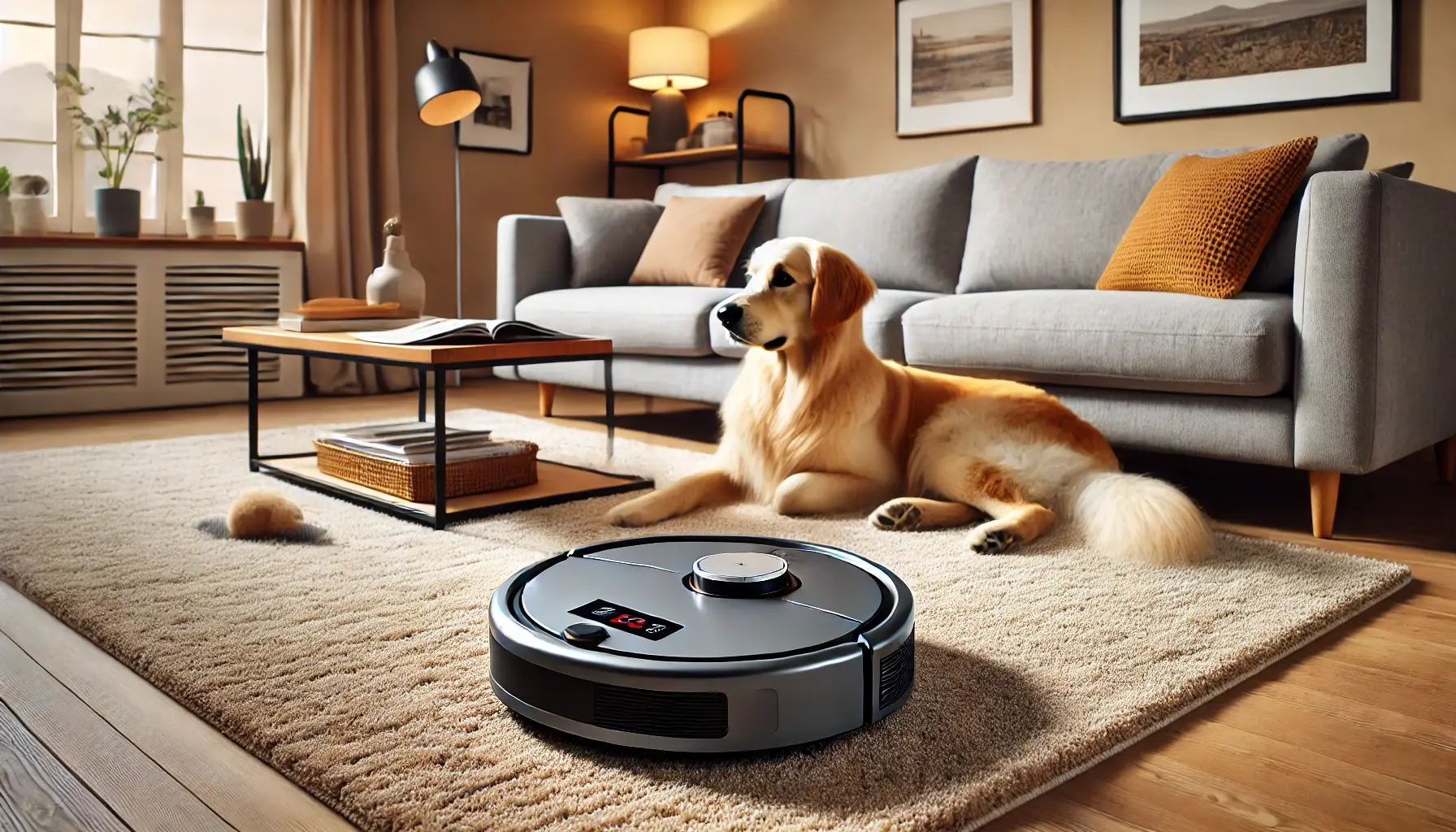
Advanced Features of Modern Robot Vacuum-Mop Hybrids
Customizable Cleaning Modes
Modern hybrid devices offer two primary cleaning modes: simultaneous vacuuming and mopping, or vacuum-only operation. Sensors detect when mopping attachments are absent, automatically switching to dry cleaning. This flexibility allows users to adapt cleaning routines based on floor types or specific needs.
Advanced models include floor-type recognition, preventing accidental mopping on carpets. When carpets are detected, mopping mechanisms retract or deactivate entirely. These systems ensure appropriate cleaning methods for different surfaces without manual intervention.
Smart Mapping and Room-Specific Customization
LiDAR-based navigation enables devices to create detailed home maps during initial cleaning cycles. These maps are stored for future use, allowing room-specific cleaning preferences. Users can designate areas for vacuuming only or combined vacuum-mop tasks through companion apps.
Post-mapping, rooms receive labels like ‘kitchen’ or ‘living room’ within the app. Custom schedules can prioritize high-traffic zones during specific times. Some systems automatically increase suction power in carpeted areas while adjusting water flow for hard floors.
See also: Living the Jet-Set Life: How to Incorporate Travel into Your Daily Lifestyle
Object Recognition and Avoidance
Vision-based navigation systems identify common household obstacles with 95% accuracy. Charging cables, shoes, and pet toys are detected using combined camera and sensor data. Specialized algorithms help avoid liquid hazards, including pet accidents, preventing spread during cleaning.
Testing shows these systems reduce collision frequency by 80% compared to earlier models. Continuous software updates improve object recognition libraries, enhancing safety for delicate items like houseplants or fragile decor.
Voice Command Integration
Compatibility with major voice assistants enables hands-free operation. Users initiate cleaning sessions through phrases like ‘Clean under the dining table’ or ‘Mop the kitchen.’ Voice controls extend to scheduling, mode changes, and status checks.
App integration allows creating custom voice commands for complex routines. For example, ‘Morning clean’ could trigger under-bed vacuuming followed by kitchen mopping. These features particularly benefit users with mobility challenges or busy households.
Automated Maintenance Systems
Self-emptying bases represent significant advancements in maintenance reduction. These stations collect debris for 60 days between disposals, using sealed bags to contain dust. Dual-chamber designs separate liquid waste from dry debris in hybrid models.
Some premium models feature washing stations that clean mopping pads post-cycle. Thermal drying components prevent mildew growth, while automatic detergent dispensers maintain optimal cleaning solution ratios. These systems reduce manual contact with waste by 90%.
Technical Specifications and Performance
High-efficiency filters capture 99% of particles above 0.3 microns, benefiting allergy sufferers. Brushless motors deliver 10x suction power compared to basic models, yet operate at 55dB—quieter than most conversations. Battery innovations enable 180-minute runtimes, covering 3,000 sq ft per charge.
Testing reveals 98% debris removal on hard floors and 89% on medium-pile carpets. Dual rubber extractors prevent hair tangling, handling 18-inch strands without jamming. For homes requiring combined floor care, the mop vacuum combo robot demonstrates how integrated water tanks and smart mapping can optimize cleaning efficiency.
Software Updates and Security
Over-the-air updates deliver new features like enhanced obstacle recognition or improved battery management. Encryption protocols protect user data, with cleaning maps stored locally as an option. Privacy modes disable cameras during scheduled cleanings upon request.
Manufacturers now provide detailed data usage transparency reports. Users control which information is shared for service improvements. Regular security audits ensure compliance with international smart home device standards.
Maintenance and Long-Term Care
Replacement part indicators notify users about brush wear or filter changes. Modular designs enable easy component swaps without technical expertise. Warranty programs typically cover 3-5 years, with some offering accident protection plans.
App-guided troubleshooting resolves 75% of common issues without customer service contact. Community forums and video tutorials provide additional support for optimizing device performance. Proper maintenance extends product lifespan to 7-8 years based on usage patterns.
Environmental Considerations
Energy-efficient models consume 50% less power than previous generations. Recyclable materials constitute 80% of device construction in leading models. Some companies offer trade-in programs, repurposing 95% of returned components.
Water-saving technologies reduce consumption by 30% through precision dispensing systems. Solar-compatible charging bases are emerging, potentially eliminating grid dependence for daily cleaning cycles. These innovations align with global sustainability initiatives in home appliance design.
